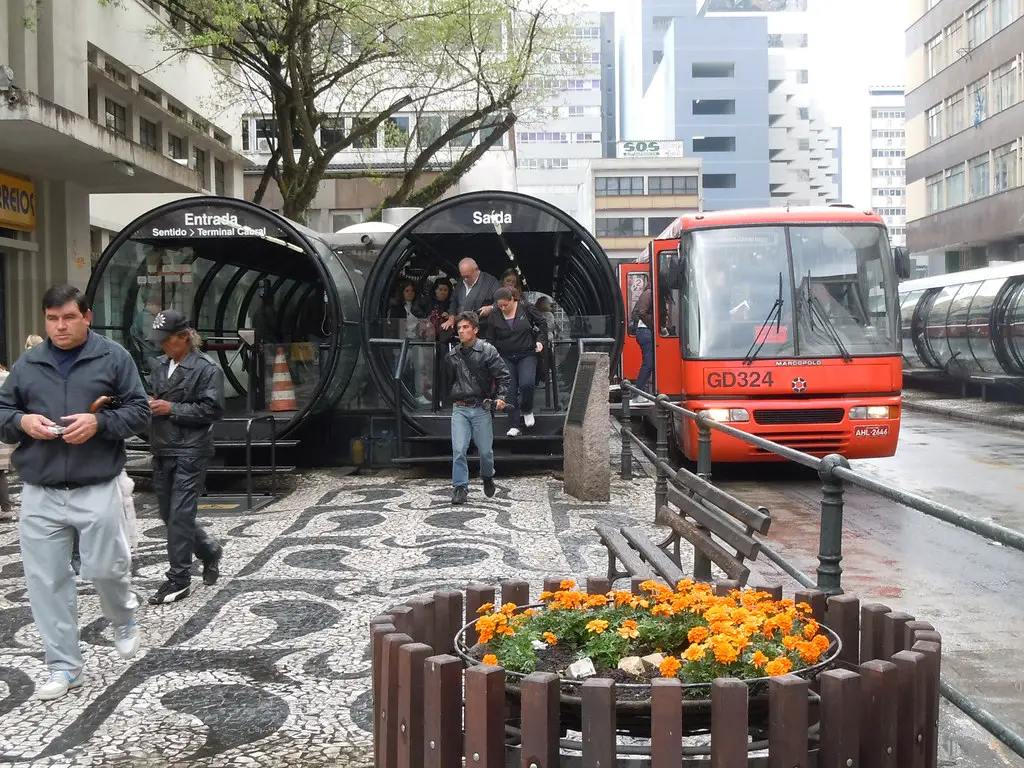Sustainable development considers environmental, social and economic factors, but developing projects – in the built environment and beyond – that meet targets in each of these three areas is challenging. As sustainability becomes an increasingly important factor in decision-making, numerous tools, models, schemes and other assessment methods have emerged across the globe, aiming to facilitate building developments that aren’t driven by economic factors alone.
BREEAM
The Building Research Establishment Environmental Assessment Method (BREEAM) is an environmental rating scheme that analyses building sustainability, rewarding different levels of certification as a result. The scheme was first published in 1990, making it the world’s longest-established sustainability assessment method.
BREEAM accredited assessors consider factors such as materials, energy and water requirements, transport connectivity, and health and wellbeing, awarding buildings a Pass, Good, Very Good, Excellent, or Outstanding rating. Originating in England, the scheme has gone on to inspire international equivalents.
Initially developed as a marketing tool for green office buildings, BREEAM rapidly expanded into sectors such as healthcare, eco-homes and retail developments.
There are three parts to a commercial building assessment under the BREEAM Offices scheme. Initially, core issues are considered, covering the impact of the building in operation. This includes energy use, heating, lighting, and site impact. The second part focuses on design and procurement, assessing material specifications and on-site construction. Finally, management and operation are taken into account on occupied buildings. Guidance is offered on operational changes that can improve environmental efficiency alongside financial, legal, health and image benefits.
BREEAM’s credit-based structure aims to make the system clear and easy to understand. However, it has received criticism for giving too much prominence to peripheral issues such as parking spaces and bicycle facilities over internal building functions. Additionally, as the name of the scheme suggests, the primary motivation is environmental efficiency. Though not necessarily a criticism, it does mean that economic and social considerations are taken into account, but not considered equally.
LEED
Similar to BREEAM, Leadership in Energy and Environmental Design (LEED) offers an environmental rating system for buildings. This North-American assessment method sets benchmarks for building sustainability, awarding Certified, Silver, Gold or Platinum status.
Praised for bringing agreed-upon standards for green buildings, LEED has nonetheless received criticism for both the costs of implementing the green features it values and the costs of undertaking the LEED assessment itself. Inspired by BREEAM, it also prioritises environmental sustainability over economic and social sustainability.
CASBEE
Japan’s most used tool for assessing built environment sustainability is the Comprehensive Assessment System for Built Environment Efficiency (CASBEE). According to the Japanese Sustainable Building Consortium, CASBEE was borne out of a realisation that ‘the capacities of local environments, and the world as a whole, were reaching a limit’.
CASBEE takes a two-pronged approach, considering both the interior of the building and its environmental impact on the outside world. The strategic approach results in social sustainability considerations achieving a more prominent presence and consideration within the scheme’s ratings, although economic sustainability is not a primary consideration.
Envest II
Unlike BREEAM, LEED and CASBEE, Envest II exists solely in the pre-construction stage, aiming to ‘simplify the otherwise very complex process of designing buildings with low environmental impact’. Envest is a web-based piece of software that analyses the design of a building, presenting its environmental impact and whole life cost to a client. Being pre-construction means a building can be informally assessed before it has even been constructed, offering opportunities for design modifications based on a client’s motivations.
The economic aspect of the tool allows designers to clearly see the financial outgoings of any environmental change, meaning buildings can be efficiently tailored to individual budgets. This allows Envest to evaluate both economic and environmental sustainability, which few tools do. There is – understandably – no facility for exploring the social effects of buildings within the software.
Living Building Challenge
Going one step further than BREEAM, LEED and CASBEE – at least in concept and ambition – the Living Building Challenge is a sustainable building certification method which describes itself as a ‘philosophy, advocacy tool and certification program.’
Launched in 2006 by by the non-profit International Living Future Institute, the scheme aims to push building designers and developers out of their comfort zones, creating buildings that contribute to a regenerative built environment.
Though each scheme assesses a range of factors, the Living Building Challenge includes the most abstract concepts, evaluating water, energy, health and happiness, materials, equity and beauty. Certification is based on performance after completion, therefore actual impact rather than expected impact. Certification is based on the 7 evaluation areas, with projects that meet the minimum standard receiving a maximum of 7 ‘petals’.
SPeAR
Attempting to create a comprehensive sustainability tool, ARUP developed the Sustainable Project Appraisal Routine (SPeAR). Extending the triple bottom line by also including natural resource conservation, SPeAR uses indicators which ARUP claim have ‘as far as possible gained acceptance in the international community’. These include a global warming indicator developed by the United Nations and corporate social responsibility trackers created by both the Dow Jones Group and FTSE.
With four main areas of economic, societal, natural resources, and environment, SPeAR allocates a -3 to +3 ranking for the 22 sub-categories that fall under the above areas, resulting in a graphic visualisation of a project’s sustainability at a point in time. The strength of this tool is that it can be applied to any development, not just the built environment. It is also flexible, showing how a project’s overall sustainability evolves over its lifespan.
Photo: swanksalot. This is an updated version of a post originally published in January 2011.


